Improved Efficiency: Palletizing robots operate at high speeds and precision, surpassing manual handling capabilities. This enhances overall production efficiency, reduces production cycles, and accelerates logistics processes.
Cost Reduction: Automation in palletizing reduces dependence on manual labor, leading to lower labor costs. While the initial investment in palletizing robots may be higher, the long-term operational and maintenance costs are relatively low, providing significant cost advantages.
Enhanced Quality: Palletizing robots execute tasks with high precision, ensuring consistent product stacking. This minimizes losses and waste caused by human errors, thereby elevating the overall quality of the production line.
Increased Safety: Automated systems can operate in hazardous or challenging environments, reducing the risk of accidents associated with manual labor. This not only improves workplace safety but also mitigates health issues related to human labor.
Flexibility and Versatility: Palletizing robots often possess flexible programming and adaptive capabilities, allowing them to quickly adapt to different types and sizes of products. This flexibility makes them suitable for various stages of production and changing manufacturing demands.
Real-time Monitoring and Data Analysis: Palletizing robots are equipped with advanced sensors and monitoring systems for real-time tracking of the production process. Analyzing this data enables production managers to make informed decisions, optimizing production flow.
Promotion of Sustainability: By efficiently utilizing resources, reducing waste, and minimizing errors, palletizing robots contribute to the sustainability of the production line. This aids in minimizing the environmental impact associated with manufacturing processes.
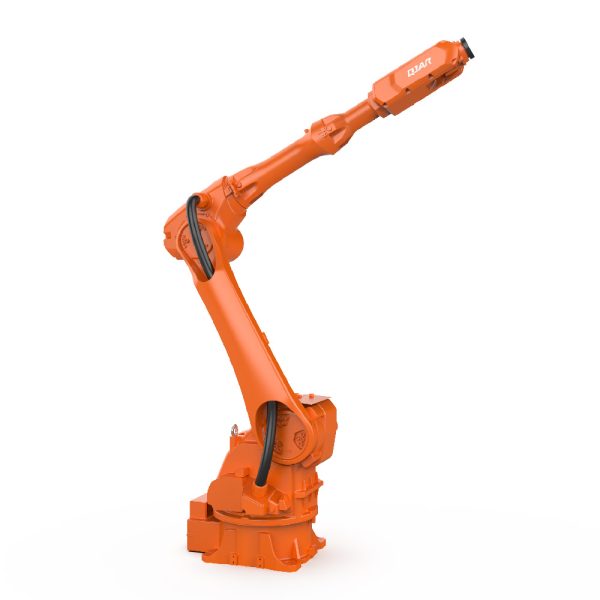
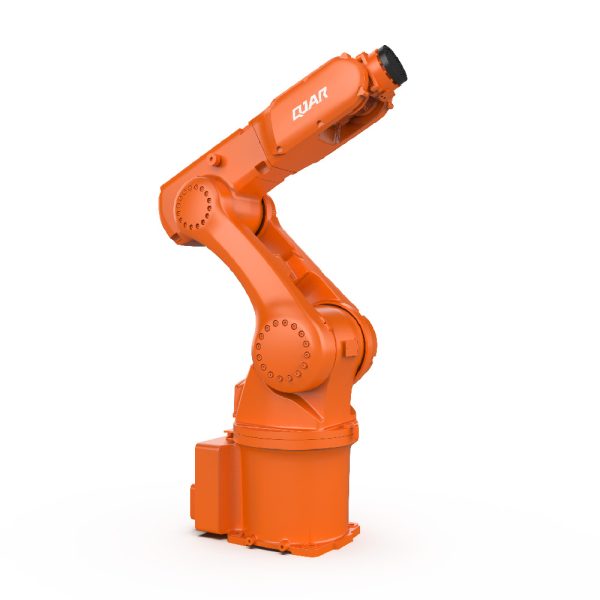
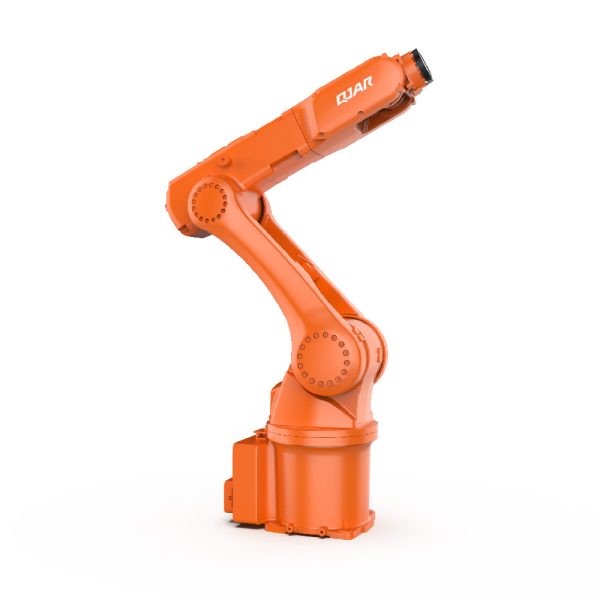
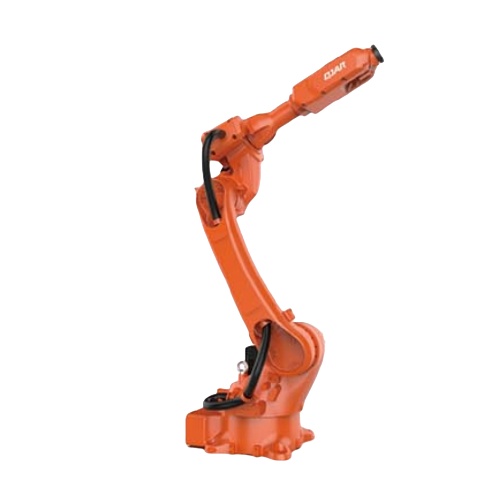
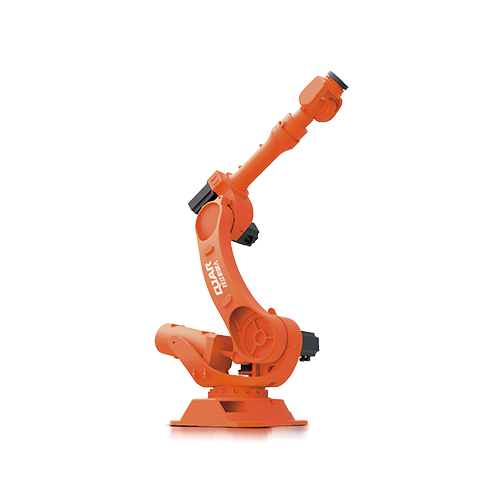
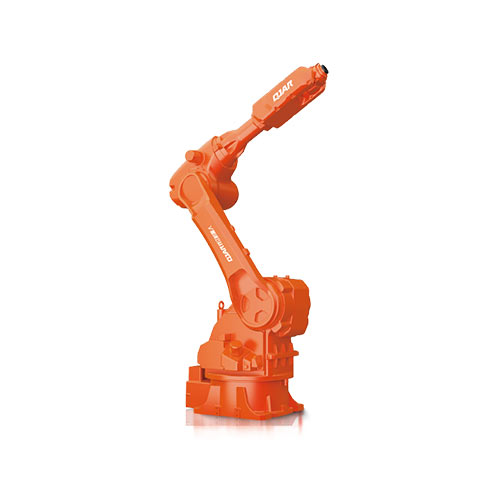
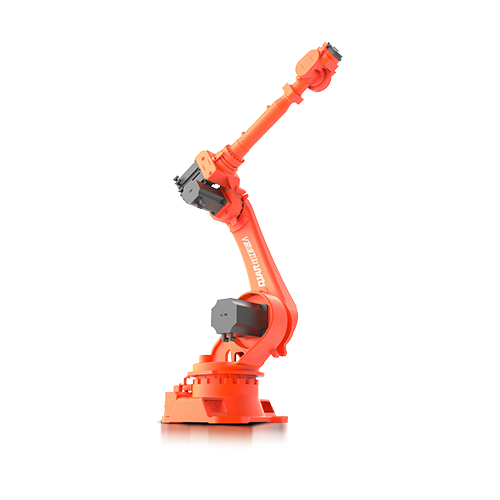
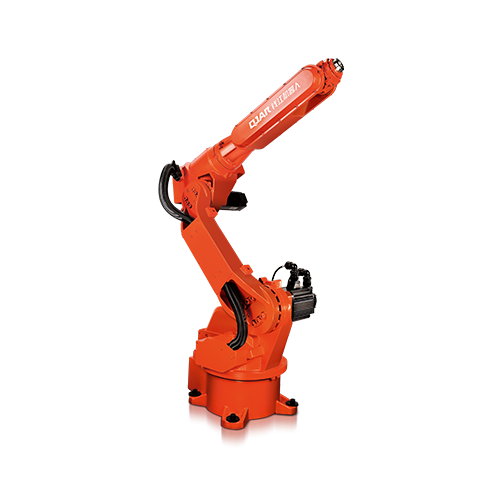
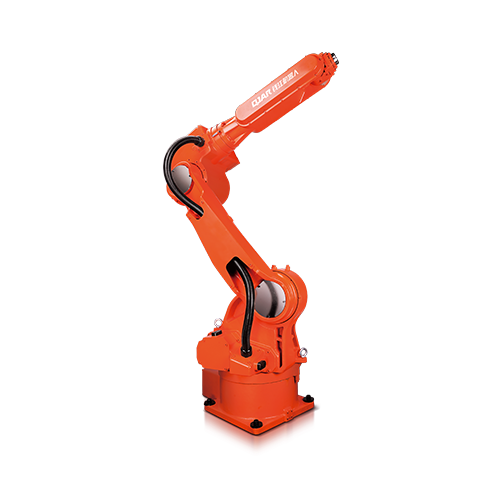
| Model | QJRB180-1 | QJR130-3100M | QJRB800-1 | QJR260-3100M | |
| Axis Number | 4 | 4 | 4 | 4 | |
| Payload | 180kg | 130kg | 800kg | 260kg/300kg | |
| Repeat Positioning | ±0.5mm | ±0.5mm | ±0.5mm | ±0.5mm | |
| Max Armspan | 3157mm | 3157mm | 3155mm | 3157mm | |
| Motion Range | J1 | ±182° | ±182° | ±185º | ±182° |
| J2 | +97°,-50° | +97°,-50° | ﹢94º,﹣48º | +97°,-50° | |
| J3 | +122°,-22° | +122°,-22° | ﹢112º,﹣17º | +122°,-22° | |
| J4 | ±360º | ±360° | ±360º | ±360° | |
| J5 | — | — | |||
| J6 | — | — | |||
| Max Speed | J1 | 128 °/s | 128 °/s | 64 °/s | 97 °/s |
| J2 | 131 °/s | 131 °/s | 64 °/s | 97 °/s | |
| J3 | 131 °/s | 131 °/s | 64 °/s | 97 °/s | |
| J4 | 297 °/s | 297 °/s | 114 °/s | 297 °/s | |
| J5 | — | — | |||
| J6 | — | — | |||
| Allowable Torque | J4 | 350N·m | 350N·m | 999N·m | 350N·m |
| J5 | — | — | |||
| J6 | — | — | |||
| Inertia Moment | J4 | 43.6kg·m² | 21.8 kg·m² | 286kg·m² | 43.6kg·m² |
| J5 | — | — | |||
| J6 | — | — | |||
| Robot Body Weight | 1400kg | 1400kg | 2550kg | 1400kg | |
| Power Capacity | 17.4kVA | 17.4kVA | 39.6kVA | 19.2kVA | |
| Power Supply | Three phase 5 wire 380V ±10% | Three phase 5 wire 380V ±10% | Three phase 5 wire 380V ±10% | Three phase 5 wire 380V ±10% | |
| Cabinet Size | 600*480*920mm | 600*480*920mm | 600*480*920mm | 600*480*920mm | |
| Cabinet Weight | 110kg | 110kg | 110kg | 110kg | |
| Installing Form | Ground Mounted | Ground Mounted | Ground Mounted | Ground Mounted | |
| Application | It is suitable for punching machine, furniture, food and beverage, 3C and other industries. On Palletizing, picking up, packaging, handling, loading and unloading. | It is suitable for punching machine, furniture, food and beverage, 3C and other industries. On Palletizing, picking up, packaging, handling, loading and unloading. | Heavy-duty palletizing application. Such as brick factories palletizing. | It is suitable for punching machine, furniture, food and beverage, 3C and other industries. On Palletizing, picking up, packaging, handling, loading and unloading. | |








